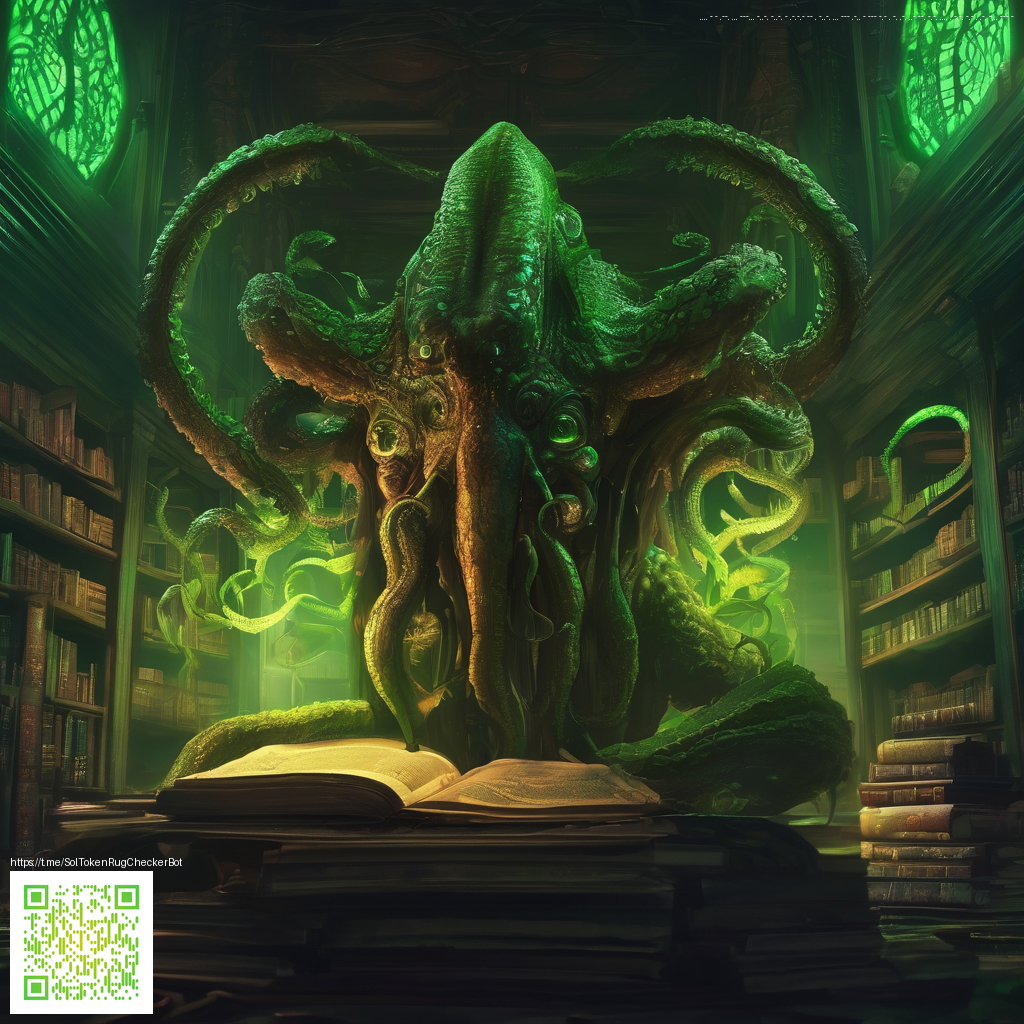
Tomb Raider 2013 graphics comparison PC vs Console
When a 2013 reboot pushes the envelope on survival drama and exploration, the look of the world matters as much as the story you tell with a controller or mouse. This piece dives into how the PC and console versions stack up visually, what the differences mean for gameplay feel, and how the community keeps the look evolving long after launch. The result is a lively snapshot of a game driven by atmosphere as much as action 💠
Technical snapshot of the visuals
On release the PC port from Nixxes Software offered a broad array of graphical options that could scale with hardware. In practice this meant higher texture fidelity, sharper draw distances, and more control over anti aliasing and shadows. Console versions, in contrast, were tuned for the hardware of their era with fixed resolutions and a steadier frame rate. In gameplay moments that lean on environmental lighting or dense jungle canopies, PC players could push settings toward crisper detail while console players experienced smoother performance with lower texture loads. The balance between clarity and performance becomes especially noticeable during long climbs, dusk light effects, and underwater glimpses where water caustics and reflections give depth to the scene.
In addition to raw resolution differences there are subtler aspects that change how the game feels. Post processing and lighting falloffs can alter the mood of a scene, while texture streaming and shadow rendering influence how far the eye can read the world before it starts to blur. The PC version can shine with higher dynamic range and more aggressive AA choices, whereas console iterations emphasize stability and consistent frame pacing. Each platform creates a distinct rhythm for exploration and combat that fans remember long after their first playthrough 🌑
Visuals in action and what it means for gameplay
During tense inserts and stealth sections the eye benefits from clear contrast and legible environmental cues. On PC, sharper textures and improved lighting help you spot subtle trail markers or distant enemies sooner, which can alter your pacing. Console versions often feel more cinematic, with lighting and motion blur shaping how you read space in the moment. The difference is not just pretty pictures; it is about recognizing routes, hazards, and enemy positions with confidence. The trade off for some players is whether the extra sharpness on PC translates into faster reactions or simply more immersive immersion.
Environmental effects such as rain, dust, and firelight contribute to the sense of danger. In a dense tomb or a storm prone canyon, the way light interacts with surfaces can reveal or obscure climbable edges. PC players with robust GPUs can enjoy more nuanced reflections and slightly richer shadows that deepen the sense of scale. Console players still get a compelling rasterized experience that remains faithful to the art direction, and for many fans that fidelity is enough to keep the edge in exploration and puzzle solving.
Modding culture and community experimentation
The community behind this title has long embraced mods to push the aesthetics beyond stock settings. On PC, reshade and shader tweaks allow players to tailor color grading, gamma response, and bloom to their taste. Texture packs and fan made lighting presets exist to sharpen the look without altering core gameplay. While mods vary in scope and risk, the spirit remains clear: players want to shape the mood and clarity of the world to match their preferred playstyle. The open nature of PC graphics is a playground where a meticulous fan can turn a good looking game into a personal visual showcase 💠
For players wary of modding, there is a steady stream of curated guides and community showcases that document what to enable for maximum atmosphere. The best results come from a balanced approach that preserves performance while enhancing key moments such as torchlit caverns or the glow of campfires beneath a night sky. The enduring lesson from modding culture is that presentation matters just as much as mechanics, and a few careful tweaks can elevate even a familiar sequence into a fresh experience 👁️
Update coverage and developer notes
Crystal Dynamics and their technical partners have spoken about how the game aged across generations. The PC port led by Nixxes positioned the game for modern hardware with extra texture detail and optional advanced effects, while console ports prioritized stable performance and an approachable baseline appearance. Over time the community has tracked small patches and unofficial tweaks that improve stability, compatibility, and accessibility. Developer commentary emphasizes a focus on preserving the tone of the world while letting the visuals serve gameplay and storytelling rather than overshadow it.
What makes this topic exciting is how a game from a single year continues to evolve in perception as hardware improves. A title that once felt cutting edge can become a baseline for comparison years later thanks to community efforts and continued dialogue about how graphics support meaningful play. Fans keep the conversation alive by sharing side by side captures, performance notes, and playlists that highlight the moments when the art direction truly shines.
What this means for your next replay
If you are aiming for a fresh run with a focus on aesthetics, consider testing a few cornerstone ideas. Start with a high quality texture pack on PC and experiment with a color grade that emphasizes the cool blues and warm sunsets of the environment. On console, you can still savor the atmospheric lighting and environmental storytelling that defined the original release. The core experience remains intact across platforms, but the choice of how you view it shapes your journey through the island’s secrets and the tension of every encounter 💠
Support a decentralized internet